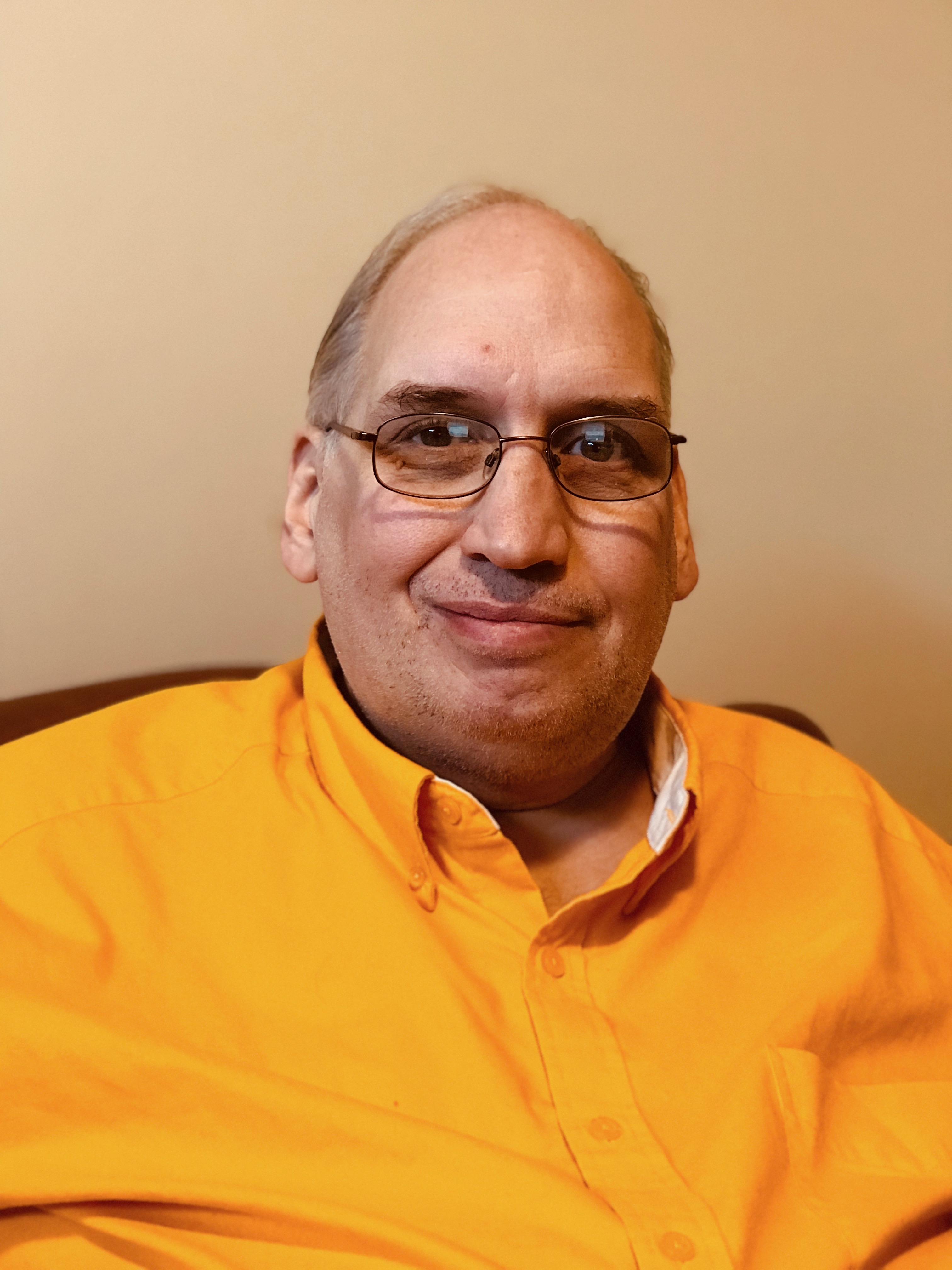I am a therapist who specializes in trauma and addictions and trains in mindfulness to help his patients create a holding space for painful, often frightening, emotions. That’s not all I am though. Like most of us, I’m more than one thing. I’m a stepfather to two brilliant kids who overcame a huge amount of trauma themselves and husband of an amazing wife who has overcome both trauma and addiction brilliantly. But I am also a devout Christo/Buddhist, occasional professor of graduate counseling classes, a lecturer, teacher, trainer and a recovering addict and trauma survivor.
No one’s story is ever as simple as we think.
Mine involved a father embroiled in shame and self-hatred after a childhood of abuse all his own, who chose rage as a coping tool. As with many of the children and young adults I work with I was forced to carry the shame my father could not. Brutalized at times both physically and emotionally.
My mother, a clinical narcissistic personality, was devoid of emotion for the most part and unable to connect to her own children. Her own childhood, isolated on a farm in rural Kansas with two sisters, a mentally ill mother and a father who was a pedophile, left her unable to feel. Feelings are dangerous when you don’t have a place to hold them, so you create a world where you have no problems except the one’s others cause for you. In our home, I was the identified root of most of those problems.
One thing we know in the mental health field is that trauma is generational and deeply damaging. We have learned in the past decade the way it shapes the brain and actually changes genetics passing anxiety and other mental illness from generation to generation. In addition to trauma, we find that coping mechanisms are also passed along. In my own family’s case, neither my mother nor my father were drug or alcohol users. They were both addicted to their own rage and narcissistic, paranoid self-images which sustained them through the pain of the past. A gift of genetics and culture that kept on giving.
I began, like most teens, to experiment at the age of 14 with alcohol. I realized quickly that if I drank I didn’t have to feel the self-loathing I generally carried around. I could just let go and sort of float through my existence. Stay numb. By my sophomore year, I was getting buzzed in the school parking lot before going into school. By my second year of college I had replaced the alcohol with pot (I hated hangovers) and I was smoking every day, all day just to stay numb. Because I was attending college where my father taught, there was easy access for him to continue mentally and emotionally torturing me and after two failed suicide attempts my drug use graduated to cocaine and methamphetamine (at that time in the Ozarks, Meth was just known as crystal and was a burgeoning back woods trade).
In 1988, at the age of 24 on a fall day in the Ozarks, my heart stopped. How I survived, I don’t know to this day. I remember the ER doctor telling me over the phone what had probably happened (I was far too paranoid to go into the hospital). My heart had stopped pumping blood and oxygen through my body and if I kept traveling the direction I was, I wouldn’t survive the next time. Somehow, this time, it sank in.
I didn’t really want to die this way. I just wanted to stop hurting.
Nine months later, knowing I couldn’t stay where I was and stay clean, I left the Ozarks for Kansas City. In some ways, I was chasing a failed relationship. Mostly, I knew I could not stay where I was. The very environment had become toxic for me. The geographic cure worked because I got myself to meetings and in with an amazing therapist who introduced me to John Bradshaw’s work on healing the inner child (then known widely as Transactional Analysis, or TA).
The process of trauma recovery is long and often painful. There were times that I felt as if I were walking through life like a burn victim. All my skin gone, constantly afraid of being touched or even seen. But I knew the only way out of the darkness of the past was through it. I had tried numbing and denying and ignoring and the demons of the past had chased me down anyway. The therapy and recovery meetings were the path back. They began to teach me that connection could be real and safe. I began to believe there was worth that had always been there, just under the shame.
The process was long and arduous but some 30 years later I am still clean and without relapse. I married 12 years ago, inherited two children and completed a bachelor’s degree in Social Psychology and, after a Master’s in Counseling with honors, I began to believe in myself. More importantly, I had stopped fearing the pain and began to hear my creator calling me to a purpose. I left a full-time job with benefits and jumped into creating my own private practice right out of grad school. For the first time in my life, I was unafraid of failure. I knew that helping addicts and survivors of trauma was my path from here forward. My calling. It did not erase fear from me but it made me willing to endure the pain of failure and the fear subsides when you embrace that possibility.
The most important lesson I have learned in 30 years of recovery is one I impart now to trauma and addiction survivors I work with every day…
Pain is a guarantee in life, suffering is a choice.
Suffering occurs when we try avoiding, running from or numbing out the pain. We miss the lessons that may be held underneath. We miss the opportunity that builds resilience in our lives.
Buddhism and mindfulness helped me realize this truth. When I looked squarely at my own addiction I saw that every time I tried to numb, I created unnecessary suffering in my life and the lives of others. In addition, I numbed out the joy that life might have offered me and the knowledge that I was stronger than I thought. That I was worthy of connection and love.
The real connection I found in recovery taught me that suffering through the pain was worth it and would not kill me (even when it felt as if it would). Years ago, if I had succeeded in killing myself either directly, or indirectly with stimulants, I would not be watching my daughter graduate next week. I would not have the chance to see her struggle over the coming years through K-State to achieve her dreams. I would miss seeing my son become the man I know he is and would miss my children’s children coming into the world.
Brokenness, it turns out, is the only way we experience healing because, as Rumi said, the broken places are where the light enters us.


